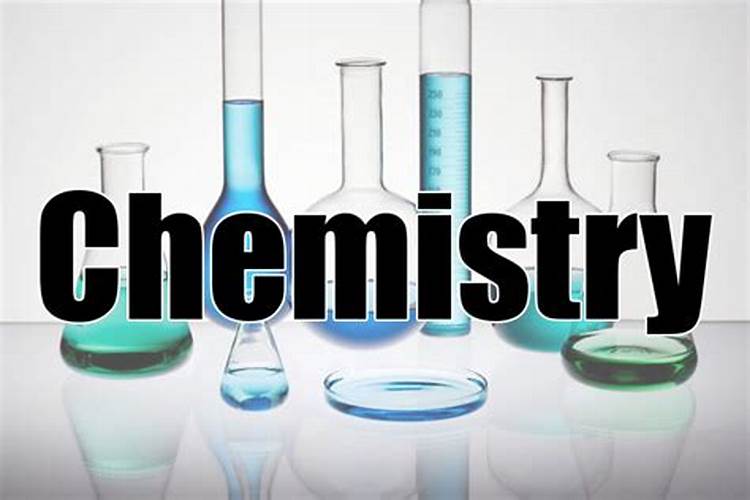Section I: Short Questions
(Answer any five parts)
- Define reversible reaction. Give an example.
- A reversible reaction is a chemical reaction that can proceed in both forward and backward directions.
- Example:
- Write the name of any two atmospheric gases.
- Oxygen (O₂)
- Nitrogen (N₂)
- How do you know that a reaction has achieved an equilibrium state?
- A reaction reaches equilibrium when the rate of the forward reaction equals the rate of the backward reaction, and the concentrations of reactants and products remain constant over time.
- Define Lewis acid and Lewis base.
- Lewis Acid: A substance that can accept a pair of electrons (e.g., H⁺, AlCl₃).
- Lewis Base: A substance that can donate a pair of electrons (e.g., NH₃, OH⁻).
- Which two types of salts produce SO₂ gas on reacting with acids?
- Sulfites (SO₃²⁻)
- Bisulfites (HSO₃⁻)
- What is the pH of pure water?
- The pH of pure water is 7 at 25°C, which is neutral.
- Complete and balance the chemical equation:
- Balanced Equation:
Section II: Short Questions
(Answer any five parts)
- Define molecular formula and give an example.
- The molecular formula represents the actual number of atoms of each element in a compound.
- Example: Water (H₂O)
- Why are the melting and boiling points of organic compounds low?
- Organic compounds have weak intermolecular forces (such as van der Waals forces), which require less energy to break, resulting in low melting and boiling points.
- What are alkyl radicals? Write their general formula.
- Alkyl radicals are groups of carbon and hydrogen atoms derived from alkanes by removing one hydrogen atom.
- General Formula: CₙH₂ₙ₊₁
- What are carbohydrates? Write their general formula.
- Carbohydrates are organic compounds made up of carbon, hydrogen, and oxygen, primarily serving as energy sources.
- General Formula: (CH₂O)ₙ
- Write the general formula of triglycerides.
- Triglycerides are esters derived from glycerol and three fatty acids. Their general formula is:
- What do you mean by ozone hole?
- The ozone hole is the depletion of the ozone layer in the Earth’s stratosphere, primarily caused by chlorofluorocarbons (CFCs).
- Is SO₂ a primary or secondary air pollutant?
- SO₂ (Sulfur dioxide) is a primary air pollutant because it is directly emitted from sources like volcanic eruptions and burning fossil fuels.
Section III: Short Questions
(Answer any five parts)
- Define permanent hardness and temporary hardness of water.
- Permanent Hardness: Caused by sulfates and chlorides of calcium and magnesium, cannot be removed by boiling.
- Temporary Hardness: Caused by bicarbonates of calcium and magnesium, can be removed by boiling.
- Why is water molecule polar?
- Water is polar because of the electronegativity difference between hydrogen and oxygen, causing an unequal charge distribution.
- What is the difference between slag and matte?
- Slag: A byproduct in metal extraction, mainly composed of metal oxides and impurities.
- Matte: A molten mixture of metal sulfides obtained in smelting.
- Which raw materials are required for the formation of Na₂CO₃?
- Sodium chloride (NaCl)
- Limestone (CaCO₃)
- Ammonia (NH₃)
- Write the chemical formula of copper.
- The chemical formula of copper is Cu.
Section IV: Long Questions
(Attempt any two questions)
- Write names of five acids.
- Hydrochloric acid (HCl)
- Sulfuric acid (H₂SO₄)
- Nitric acid (HNO₃)
- Acetic acid (CH₃COOH)
- Phosphoric acid (H₃PO₄)
- What are carbocyclic (homocyclic) compounds? Describe two types with examples.
- Carbocyclic Compounds: Organic compounds that contain rings made entirely of carbon atoms.
- Types:
- Alicyclic Compounds: Cyclohexane (C₆H₁₂)
- Aromatic Compounds: Benzene (C₆H₆)
- Write the general formula of alkenes. Give two methods for the preparation of alkenes.
- General Formula: CₙH₂ₙ
- Preparation Methods:
- Dehydrohalogenation of Alkyl Halides
- Dehydration of Alcohols
- Write down the sources and uses of proteins.
- Sources: Meat, eggs, dairy, legumes, nuts
- Uses: Body growth, repair of tissues, enzyme production, immune system function
- Write steps of manufacturing of urea with the help of a diagram.
- Steps:
- Ammonia (NH₃) reacts with carbon dioxide (CO₂).
- Formation of ammonium carbamate.
- Dehydration of ammonium carbamate to produce urea (NH₂CONH₂).
- Equation:
- Steps:
- Write four effects of acid rain.
- Damage to aquatic life: Lowers pH of water bodies, harming marine organisms.
- Soil degradation: Reduces soil fertility.
- Building corrosion: Erodes limestone and marble structures.
- Health issues: Causes respiratory diseases like asthma.
📍 English Language Educator | Blogger & Content Strategist | 7+ Years in Educational Blogging
Nosheen Bashir is a dedicated English teacher and experienced blogger with over seven years of expertise in content creation and educational writing. Passionate about language, literature, and effective communication, she combines her teaching experience with blogging skills to create insightful, research-backed content that helps learners and educators alike.
🔹 Expertise & Achievements:
✔ English Language Education: A skilled educator with years of experience in teaching English grammar, literature, and communication skills to students of varying levels.
✔ Educational Blogging: Running a successful blog for 7+ years, delivering well-structured, engaging content on language learning, writing techniques, and academic success.
✔ SEO & Content Strategy: Specializes in creating high-ranking, authoritative articles that follow Google’s EEAT principles, ensuring content that is both informative and search-friendly.
✔ Student-Centric Approach: Committed to making English easier, engaging, and accessible, helping readers and students improve their language proficiency.
🚀 With a passion for teaching and writing, Nosheen Bashir is dedicated to crafting educational content that empowers students, teachers, and language enthusiasts worldwide.




